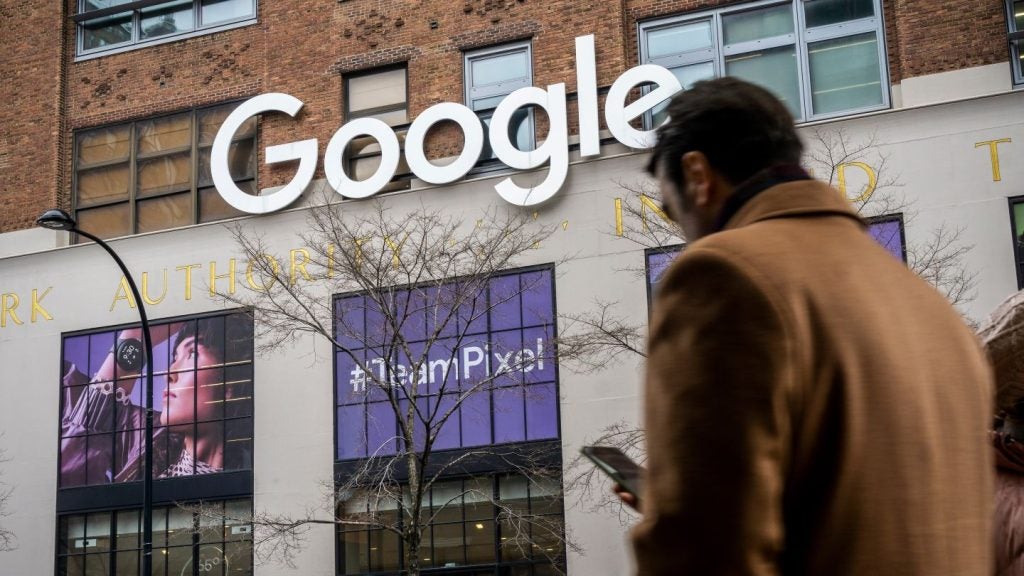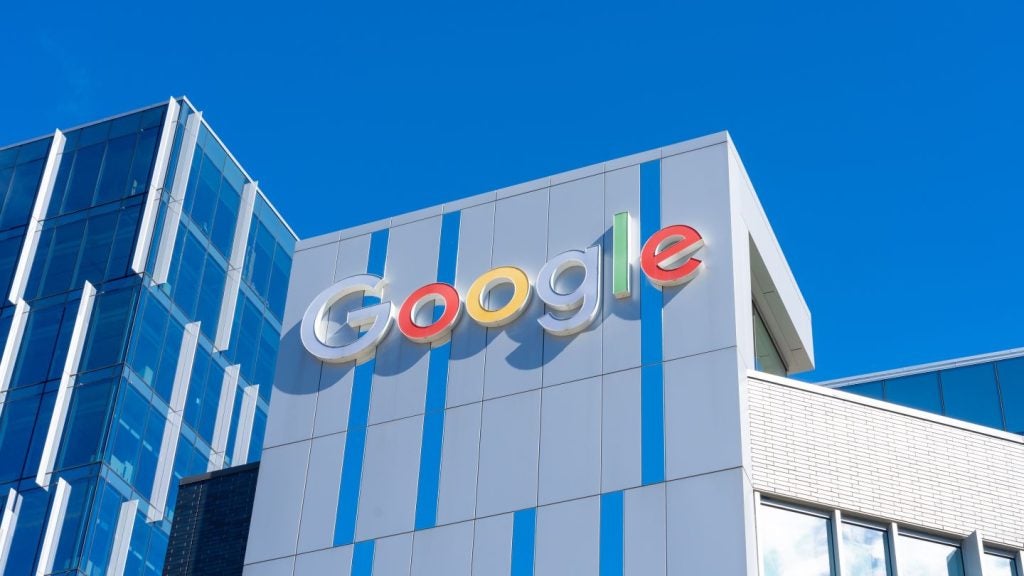Over the past several years, digital and mobile banking and financial services have exploded across the world. Everything from mortgages, to securities to crypto currency can be accessed via smartphone. Given the mobile centric access, it is only natural for telcos to be increasingly involved in these new mobile financial services and there is no region that is more diverse in terms of telco involvement with the new digital finance world than Asia Pacific.
Within Asia Pacific the telco mobile payment/financial services strategies and offerings vary widely by market with some telcos not entering the space at all (e.g. China, Australia) or other markets where telcos are behind the leading payment platforms in the country e.g. (Philippines). The markets where telcos have had the most success in growing mobile money and mobile financial services have been those with high rates of cash usage and unbanked or under banked consumers. In contrast markets like Australia, where bank cards and payment terminals widely adopted, operators have not ventured into mobile money. Or in China, while bank cards are increasingly common, WeChat and Alibaba Pay entered the market early, enabling QR payments country wide
Philippines leads telco mobile financial services
Philippines is probably the market with the most successful telco mobile financial services story within Asia Pacific. Mobile market leader Globe launched a payments services in partnership with Alibaba’s Ant Financial in 2017 called GCash. Initially focused on mobile payments and peer to peer transfers, the service has grown rapidly and now provides a wide range of financial services including Buy Now, Pay Later (BNPL), credit services, insurance, savings accounts and investment services, among others. The company is not a digital bank, but rather partners with several banks in Philippines to provide savings and loans and insurance. As of end September 2022, GCash has 71 million registered users and 5.5 million participating merchants.
Also in Philippines is Maya. Maya started as PayMaya and before that was known as Smart Money, the mobile payment service from PLDT owned mobile operator Smart. Similar to Gcash, Smart Money launched focusing on offering mobile wallets to unbanked Filipinos but has now evolved. Today Maya now operates as a fully fledged digital bank, launching in mid 2022, offering a full range of savings and loans, insurance, investment and even crypto purchasing services. The PayMaya mobile wallet service had over 47 million registered users by end of March 2022, meanwhile Maya Bank reported 1 million customer account by end September 2022.
In Philippines the strategy for the telcos was to fill a need for underbanked Filipinos. According to the Central Bank of the Philippines (BSP) only 29% of Filipinos held a bank account in 2019, compared to mobile penetration of over 100%. The telcos used their customer reach to develop simple payment services fist then evolve into more advanced financial services.
Telcos aim to develop digital banks
There are similar approaches in other markets in South East Asia. In Indonesia, state owned Telkomsel launched Telkomcash in 2007 to support mobile wallets for its customers, but in recent years has entered a partnership with four state owned banks to launch LinkAja, a mobile financial services company that offers the full range of banking services including savings and loans, insurance and remittance. The company reported 68 million users in March of 2022.
Some Telcos in the region in more developed markets are aiming to develop their own fully-fledged digital banks. This includes Korea Telecom which launched K Bank in 2020, as well as Singtel which partnered with Grab to win one of the new Singaporean digital banking license, launching GXS in the second half of 2022. GXS is also part of a consortium that recently won one of the five new digital banking license in Malaysia. Singtel is not the only telco in play in the Malaysian digital banking world as Boost Holdings, a subsidiary of regional powerhouse Axiata is part of a consortium that also won a bid.
Telco strategies
The strategy for the telcos entering the digital banking world is not necessarily to boost the telco business, but rather leverage the existing technology platforms and non-financial data (telco user data) to provide digital banking services that can disrupt traditional banks.
K Bank in Korea for example has developed a unique credit assessment platform leveraging traditional credit rating metrics combined with its own telco user database as well as other third party data sources that enables credit to be extended to a wider pool of customers. The company has even helped an unnamed digital bank in developing Asia implement a similar system.
Digital bank providers also leverage their technological advantages to target the younger generation segment. For example, Singtel GXS Pocket offers customization features (e.g., photo tagging) to address Gen-Z’s preference for personalization. Pocket’s intuitive UX also has a better appeal to the generation who prefer simplicity in their interfaces.
Overall the telco push into mobile and digital financial services is filling a vacuum left by traditional financial institutions. Further, while there are many financial technology companies eager to grow in this space, the telcos are uniquely positioned for growth due to their extensive customer relationships and wealth of consumer data to better position products ranging from payments to credit and insurance.








